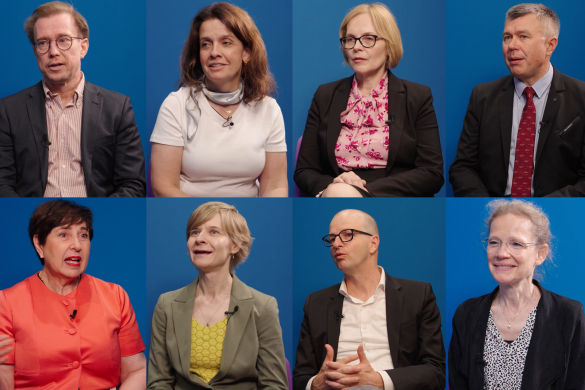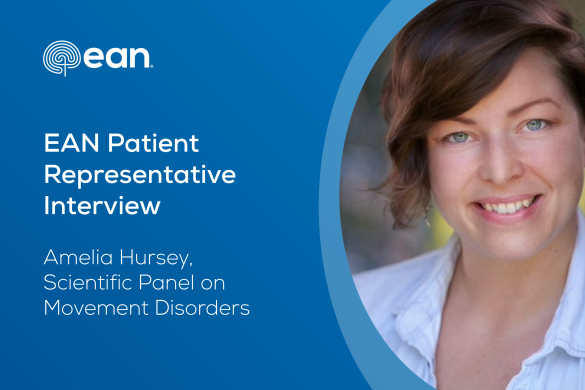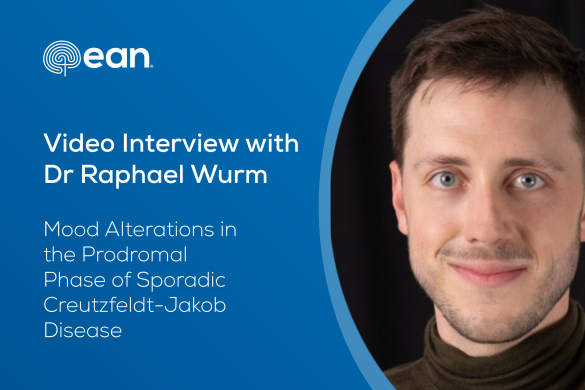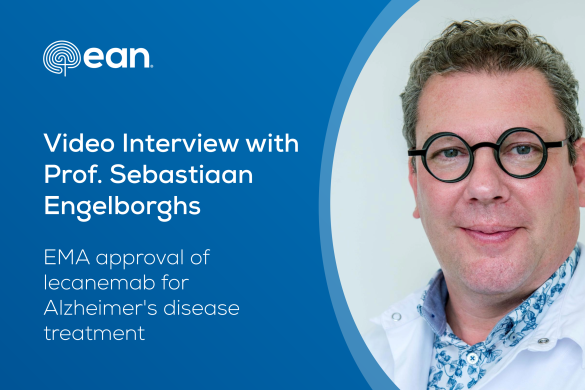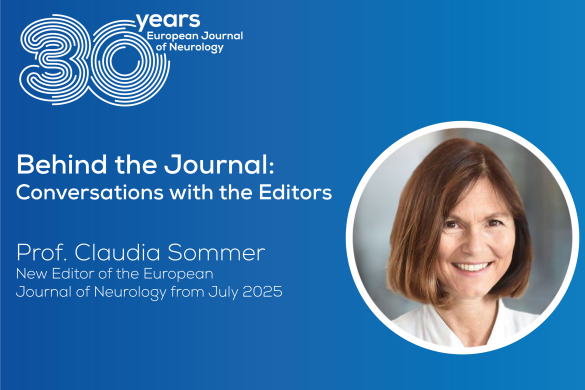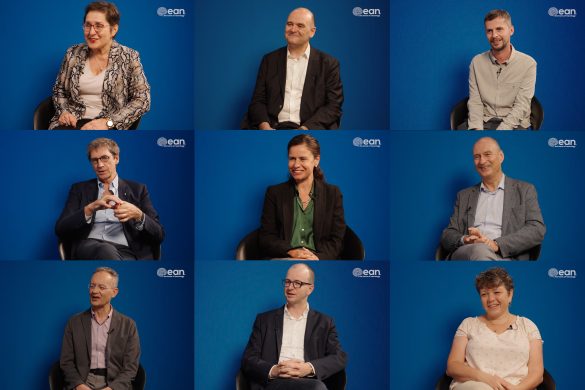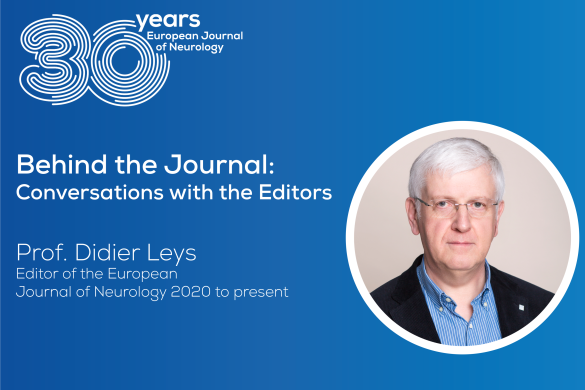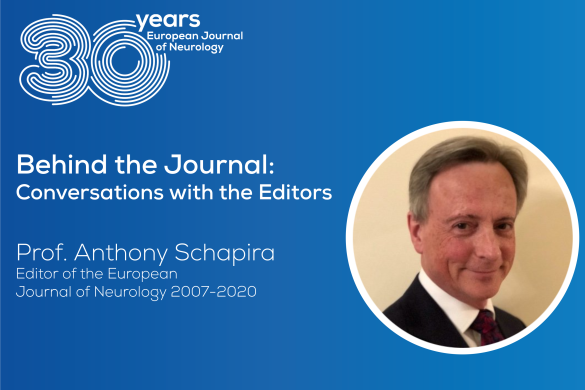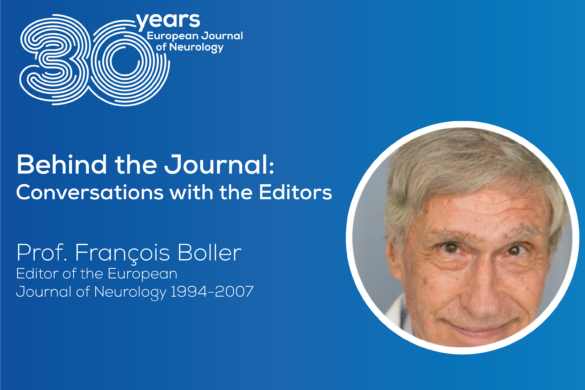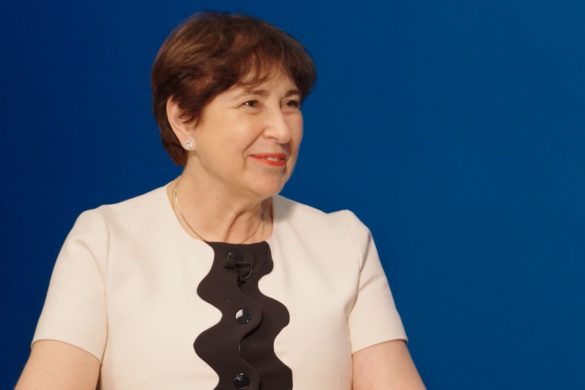Sten Grillner, President of FENS (Federation of European Neuroscience Societies)
Gian Luigi Lenzi: Could you give us FENS’ main goals, its structure and dimension in terms of number of National Societies involved, regional as well as European activities, major interests, and any other aspects you deem relevant?
Sten Grillner: FENS has altogether around 18,000 members in Europe that deal with all aspects of neuroscience from ion channels to the systems level and include basic neuroscience as well as the mechanisms that cause the many neurological and psychiatric diseases. It is composed of the national neuroscience societies of practically all European countries and in addition a number of European societies that deal with brain function. FENS organizes the FENS Forum every second year, which has a very active programme. The next meeting in Barcelona in July will have around 7000 participants.
FENS tries to promote all aspects of neuroscience at the European, as well as at the national levels, acknowledging the fact that diseases of the brain are not only, often a disaster for the individual, but also represent one third of the costs for health care in Europe. In that regard neuroscience have less of a share of the funding in medicine that it would seem optimal.
GLL: Could you briefly tell our readers about the single most important achievement of FENS in 2011?
SG: We had a workshop for all national neuroscience societies together with the Society for Neuroscience of the US to go over different means for information about the brain to the public (from children to the aged) as well as media and political stakeholders.
GLL: You are very actively involved in the “Human Brain Project”, an EC project promoted by Directorate General SANCO (Public Health). Could you briefly explain to the NEUROPENEWS readers the importance of this Project?
SG: The Human Brain Project is one of six flagship projects that are competing for a very large ten year grant to promote an understanding of the brain and its many diseases. One very important plan for this project is to develop methods for simulating the brain based on the detailed understanding of the intrinsic function of all aspects of neuronal function including signalling pathways and biochemistry, the synaptic interaction, the microcircuit level and behaviour. This also includes analyses of different disease mechanisms. It will be a very important development utilizing large scale computing requiring the largest super computers, and also development of very large federated databases so that it will be easy to go between organizational levels. This may help understand why a mutation in for an ion channel in one part of the brain leads to specific symptoms in the patient.
GLL: In 2010, brain disorders have been shown to affect nearly a third of all European citizens. Which impact can be expected from Projects such as Human Brain Project on neurological diseases?
SG: As I indicated above, projects like the Human Brain Project will clearly facilitate discovery of the mechanism underlying different diseases, both through simulation and the neuroinformatics development. This project will be open to all researchers and provide infrastructure for different projects. It will provide a platform from which new questions can be asked by individual researchers as well as larger consortia.
GLL: What would be your suggestion to the young neurologists and the neurologists in training?
SG: I would think that a good training should always include some aspect of research related to either clinical neurology, mechanism of for instance degenerative diseases or basic aspects of the operation of the brain, whether the sensori-motor system or brain imaging.
GLL: What could FENS and EFNS together do to improve the cultural integration between neurologists and basic neuroscientists of the different EU member state countries? For many decades, young neurologists had to spend their first years doing basic research. As a personal experience, I graduated in experimental neurophysiology in 1967 and I spent five years in experimental research before moving to clinical neurology in 1973. How is this cultural pathway followed in the different European Countries today? Can you give us your personal evaluation on this matter?
SG: I think it is very useful to have a background in some aspect of experimental neuroscience during the training, whether it is in neurophysiology, molecular neurobiology or behavioural neuroscience. This will be a useful platform for understanding the healthy brain and be able to interpret symptoms and possible ways to develop or fine tune medications used to treat different symptoms or the underlying mechanisms of disease. I believe training programmes in neurology should, when possible, be designed to include some aspects of research in neuroscience.
GLL: Thank you for your time.





